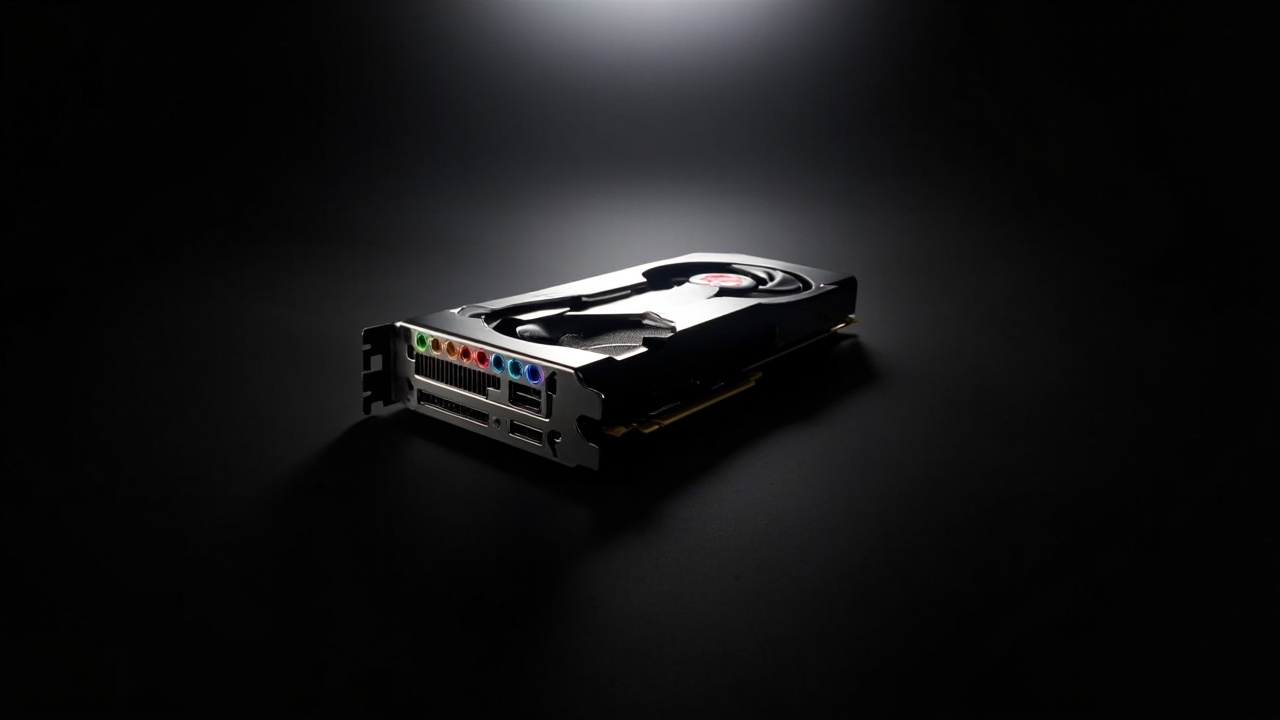Xiaopeng G7 Launch: A Milestone in Intelligent Driving

In a significant leap for the automotive technology landscape, Xiaopeng Motors has unveiled the G7, touted as the first L3-level AI vehicle equipped with its proprietary Turing chip. This move represents not just an evolution in self-driving technology but sets new benchmarks for computational power in automotive applications, potentially reshaping the competitive dynamics in the electric vehicle (EV) sector.
What makes the G7 noteworthy is its groundbreaking Turing chip, which boasts a performance rating of 2200 Tops, reportedly outperforming three Orin-X chips combined. This triad of computational capability underpins a host of advanced features, including the novel VLA-OL model that enhances local processing of driving tasks. With a neural processing unit allowing for real-time analysis and decision-making, Xiaopeng's offering positions itself as a formidable competitor against legacy automakers and tech giants seeking a foothold in the rapidly evolving marketplace. This product not only signifies a technological leap but also demonstrates Xiaopeng’s strategic positioning aimed at establishing itself as a leader in high-level autonomous driving.
However, the introduction of such advanced technology comes with both risk and opportunity. For consumers, the promise of faster and more efficient autonomous driving could greatly enhance the driving experience, but questions remain regarding the practicality and safety of such systems in varied driving conditions. For competitors, Xiaopeng's innovations may catalyze increased investment in R&D, leading to a tech arms race that could benefit the overall industry. Investors will need to tread carefully, weighing the potential for disruption against the peril of replicable technology as the field increasingly mirrors the rapid growth and sometimes volatile shifts we have seen in AI and cloud computing.
Looking ahead, the evolution of autonomous technologies, particularly as suppliers race to implement 5G connectivity and edge computing capabilities, could elevate vehicles like the G7 into essential tools for both personal and commercial use. Will Xiaopeng's advancements spur broader adoption of smart driving, and what might this mean for traditional automotive paradigms? The answers could redefine our relationship with vehicles as mere modes of transportation into complex, AI-driven companions.
Read These Next

Matrox Launches LUMA Pro A380 Octal Graphics Card for Multi-Display
Matrox announces the launch of its LUMA Pro A380 Octal graphics card, a product designed for professional video streaming with enhanced multi-display capabilities, driving the adoption of higher-resolution technology across various digital environments.

Nvidia's Revenue Surge: Resilience and Strategy Amid Tariff Uncertainties
Nvidia's resilience amidst tariff uncertainties showcases its adaptability and the complex interplay between technology innovation and geopolitical factors.

Navigating the Clash: Apple, Google, and Police on Phone Security
This article explores the ongoing conflict between Apple, Google, and law enforcement regarding mobile phone thefts in the UK, examining the implications of their discussions on device security, crime reduction, and consumer protection.
